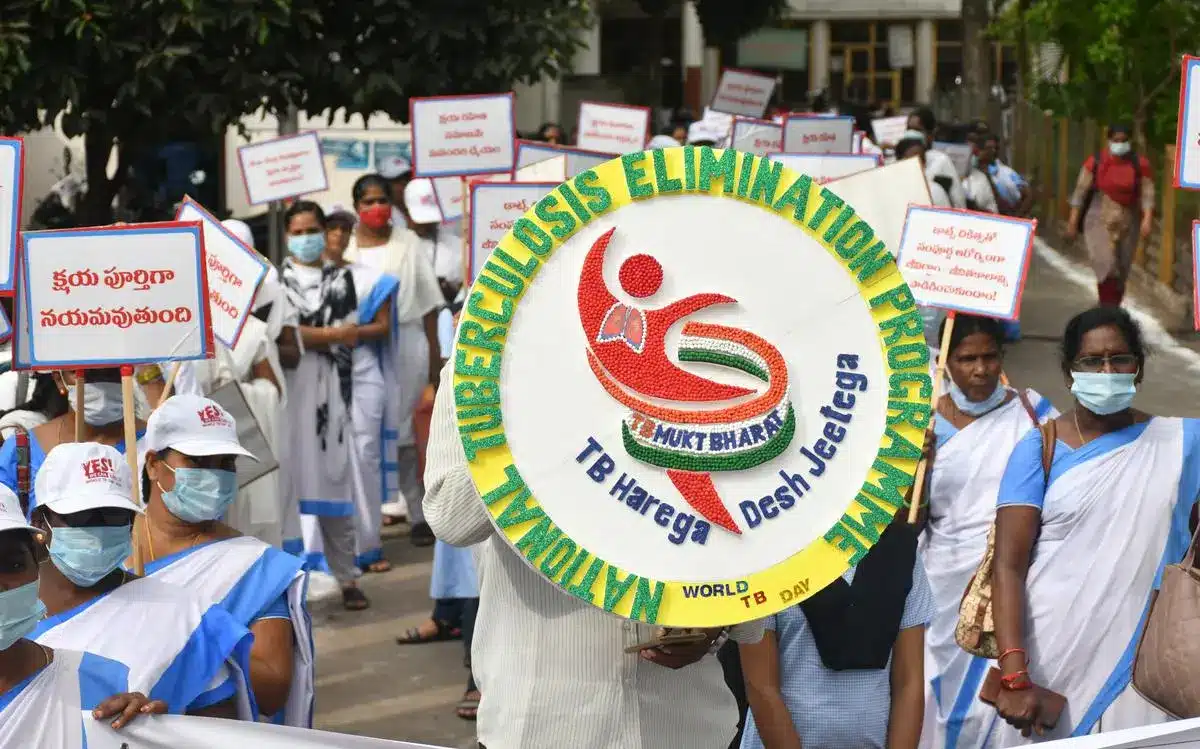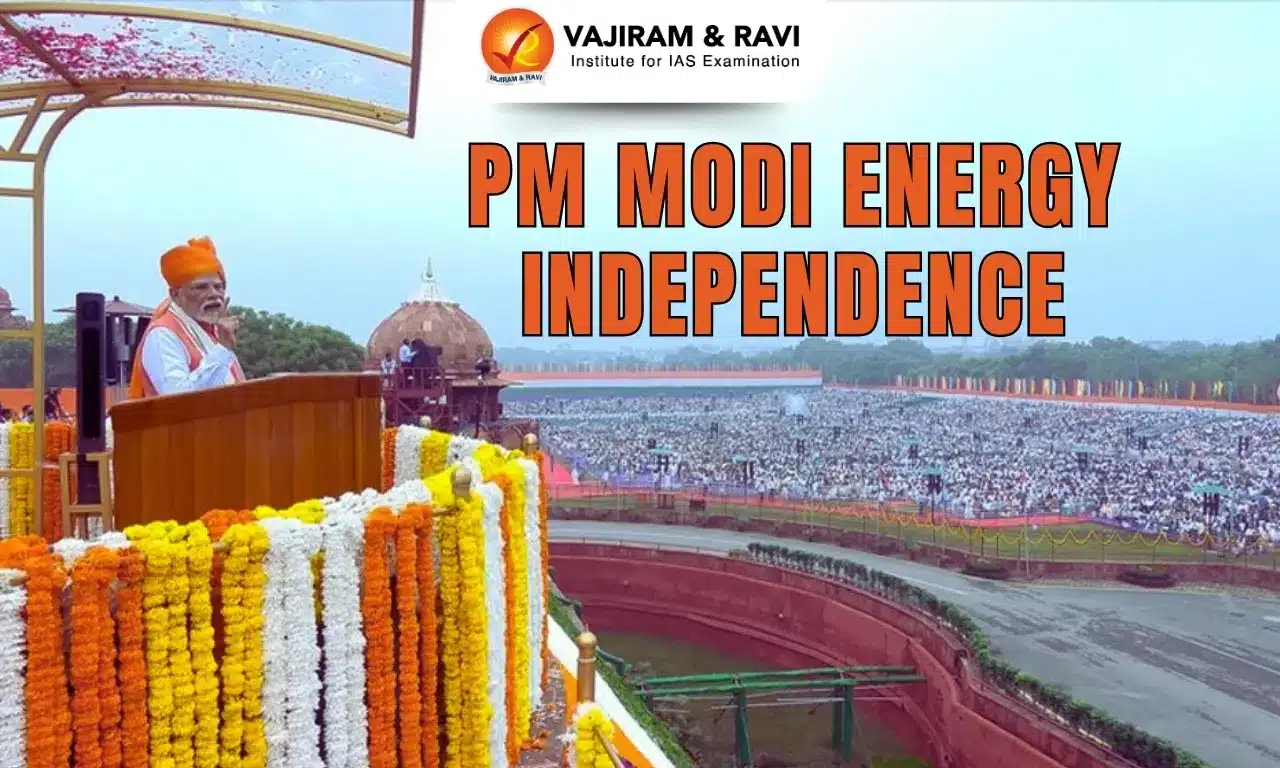What’s in Today’s Article?
- Why in News?
- About Tuberculosis (TB)
- What is the India TB Report?
- Highlights of the India TB Report 2024
Why in News?
According to the India TB Report 2024 released by the Union Health Ministry, the gap between the estimated number and actual cases of tuberculosis (TB) is closing.
This is an important marker (as the missing cases are assumed to not have received treatment and continue to spread the infection to others), which will contribute to India’s goal of eliminating TB by 2025.
About Tuberculosis (TB)
- It is an infectious disease (world’s deadliest infectious killer) usually caused by Mycobacterium tuberculosis (MTB) bacteria, which generally affects the lungs (Pulmonary TB), but can also affect other parts of the body (Extrapulmonary).
- It is spread from one person to the next through the air when people who have active TB in their lungs cough, spit, speak or sneeze.
- Most infections show no symptoms, which is also known as latent tuberculosis. People with latent TB do not spread the disease.
- Prevention of TB:
- It involves screening those at high risk, early detection and treatment of cases and vaccination with the Bacillus Calmette-Guérin (BCG) vaccine.
- Treatment of TB requires the use of multiple antibiotics over a long period of time.
- Drug resistant TB:
- A person has drug resistant TB if the TB bacteria that the person is infected with, will not respond to (or resistant to), at least one of the main TB drugs.
- There are two main types of drug resistant TB – MDR (multidrug-resistant) TB and XDR (extensively drug-resistant) TB.
- MDR TB is when the bacteria that are causing it are resistant to at least isoniazid and rifampicin, two of the most effective TB drugs.
- XDR TB is defined as strains resistant to isoniazid and rifampin, plus any fluoroquinolone and at least one of three injectable second-line drugs (i.e., amikacin, kanamycin, or capreomycin).
- WHO’s END TB Strategy:
- It was adopted in 2014 with the aim to end the TB epidemic globally by 2035.
- It aims at 95% reduction by 2035 in the number of TB deaths compared with 2015, 90% reduction by 2035 in the TB incidence rate compared with 2015 and Zero TB-affected families facing catastrophic costs due to TB by 2035.
What is the India TB Report?
- The annual India TB Report is prepared and published under the National TB Elimination Programme (NTEP) by the Central TB Division of the Ministry of Health and Family Welfare, Government of India.
- Published from the year 2001, it captures the policy updates, programme implementation, and state and district wise performance indicators.
Highlights of the India TB Report 2024
- Reporting of the cases:
- The majority of the TB cases are still reported by the government health centres, even as there has been an uptick in notifications by the private sector.
- Nearly 33% or 8.4 lakh of the 25.5 lakh cases reported in 2023 came from the private sector (only 1.9 lakh cases in 2015).
- The mortality due to the infection: It remained the same at 3.2 lakh as per the data. India’s TB mortality dropped from 4.94 lakhs in 2021 to 3.31 lakhs in 2022.
- Missing cases:
- There were only 2.3 lakh missing cases in 2023, as compared to 3.2 lakh the year before, the report states.
- This gap has been reducing over the years, especially with the government’s Ni-kshay portal tracking all TB patients.
- Recommendations:
- The report shows that India reached its 2023 target of initiating treatment in 95% of patients diagnosed with the infection.
- It says 58% of those diagnosed were offered a test to check whether their infection was resistant to the first line drugs, an increase from 25% in 2015.
- The report suggests drug susceptibility treatment to ensure that persons with drug-resistant TB have access to medicines from the start, rather than being treated with first-line medication immediately.
Q1) What is the National TB Elimination Programme (NTEP)?
The NTEP [earlier known as the Revised National Tuberculosis Control Programme (RNTCP)] was launched in 2017 by the Ministry of Health & Family Welfare, GoI, to outline the government’s plan for eliminating tuberculosis in India.
Q2) What is the Ni-kshay portal?
NI-KSHAY (Ni=End, Kshay=TB) is the web enabled patient management system for TB control under the National Tuberculosis Elimination Programme (NTEP).
Last updated on August, 2025
→ UPSC Mains Admit Card 2025 has been released on 14th August at www.upsc.gov.in.
→ UPSC Mains 2025 will be conducted on 22nd August 2025.
→ UPSC Notification 2025 was released on 22nd January 2025.
→ UPSC Calendar 2026 is released on 15th May, 2025.
→ UPSC Prelims Question Paper 2025 and Unofficial Prelims Answer Key 2025 are available now.
→ UPSC Prelims Result 2025 is out now for the CSE held on 25 May 2025.
→ The UPSC Vacancy 2025 were released 1129, out of which 979 were for UPSC CSE and remaining 150 are for UPSC IFoS.
→ UPSC Prelims 2026 will be conducted on 24th May, 2026 & UPSC Mains 2026 will be conducted on 21st August 2026.
→ The UPSC Selection Process is of 3 stages-Prelims, Mains and Interview.
→ UPSC Result 2024 is released with latest UPSC Marksheet 2024. Check Now!
→ UPSC Toppers List 2024 is released now. Shakti Dubey is UPSC AIR 1 2024 Topper.
→ Also check Best IAS Coaching in Delhi

















